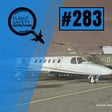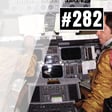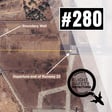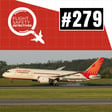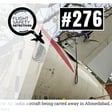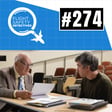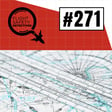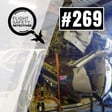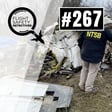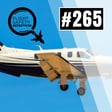
Just Released! Report on Plane Crash in Toronto Examined - Episode 264
The preliminary accident report on the February crash of the Endeavor Air CRJ-900 in Toronto, Canada has just been released. John Goglia, Todd Curtis and Greg Feith examine the facts provided as well as the gaps in information that still exist.
The reported descent rate at touchdown was very close to the descent rate the detectives estimated based on a screen grab taken from a witness video. While confirming some observations, the report is missing key information including the conversations on the cockpit voice recorder.
About a month after the Toronto crash, another Endeavor CRJ-900 had a wingtip strike in similar wind conditions at LaGuardia airport. The similarities between the Toronto and LaGuardia incidents may direct investigators to look at the airline's training.
The preliminary report covers key aspects of the crew's training and experience. The first officer was the pilot flying the flight and had fewer than 1,500 total flight hours. In the 30 days prior to the accident, the first officer had about 10 times as many flight hours as the captain.
The report does detail the captain's role in the Toronto crash. Was he performing duties typical of the non-flying pilot or coaching the first officer? Was he prepared to take control of the aircraft? Unlike the NTSB, the Canadian TSB may only publish a summary of the cockpit voice recorder conversations and not the full transcript.
The person who recorded a video of the crash sequence from an aircraft close to the crash scene should submit that video to the TSB for use in the investigation. The video might help the investigation.
Don’t miss what’s to come from the Flight Safety Detectives - subscribe to the Flight Safety Detectives YouTube channel, listen at your favorite podcast service and visit the Flight Safety Detectives website.
Music: “Inspirational Sports” license ASLC-22B89B29-052322DDB8
